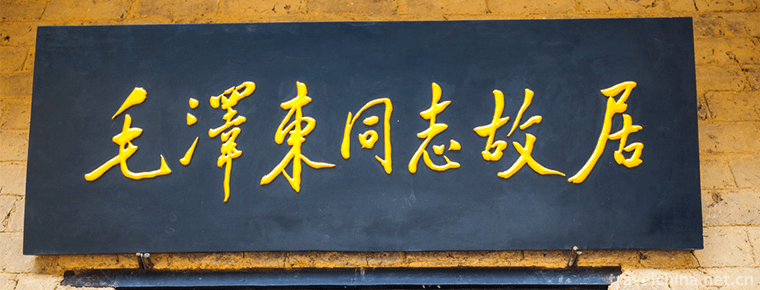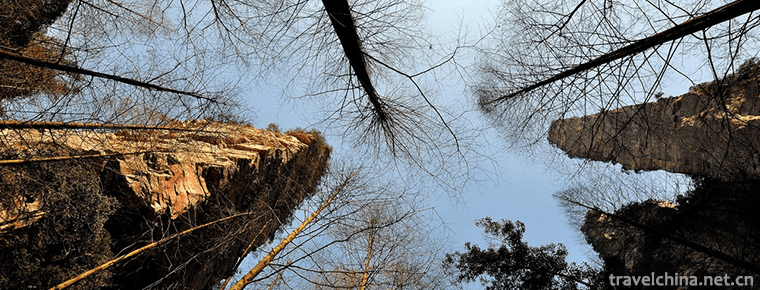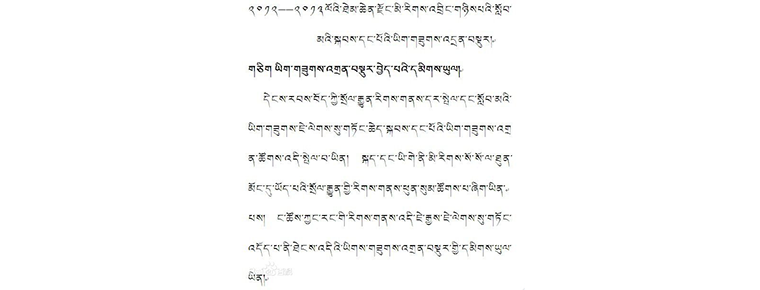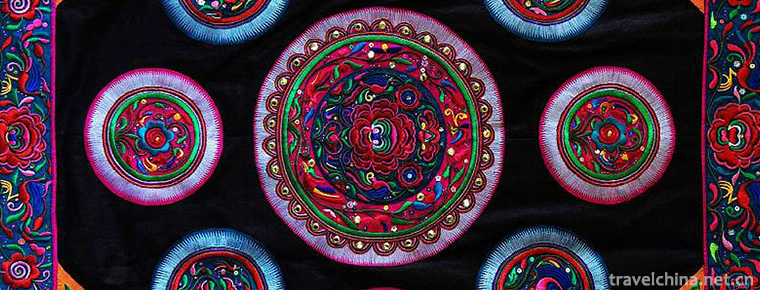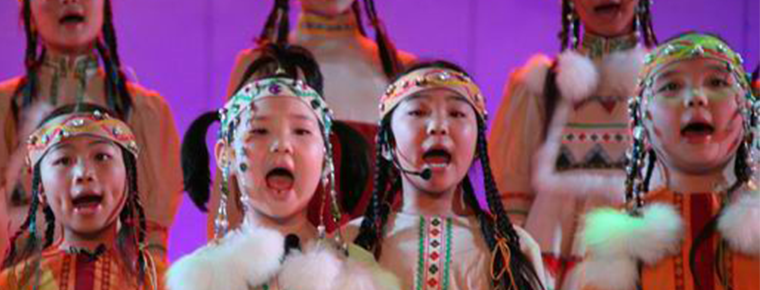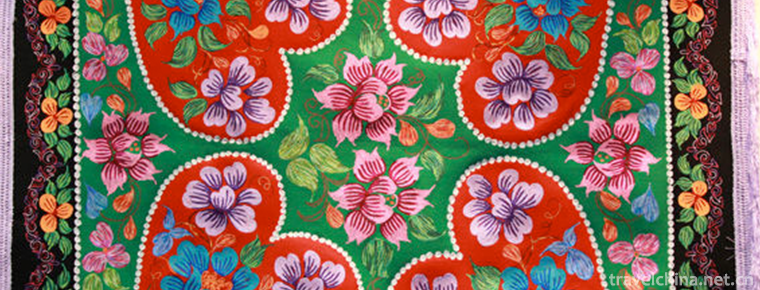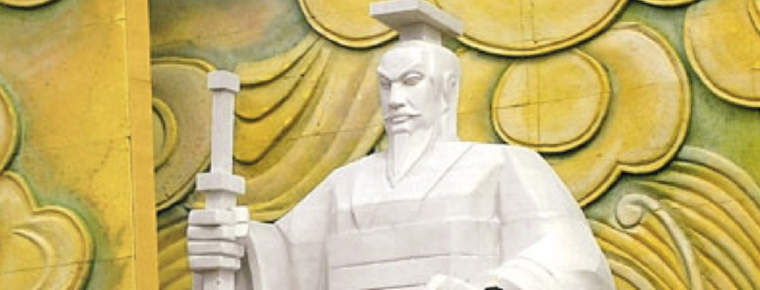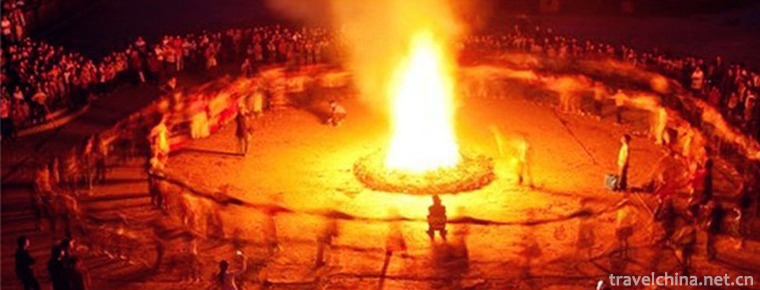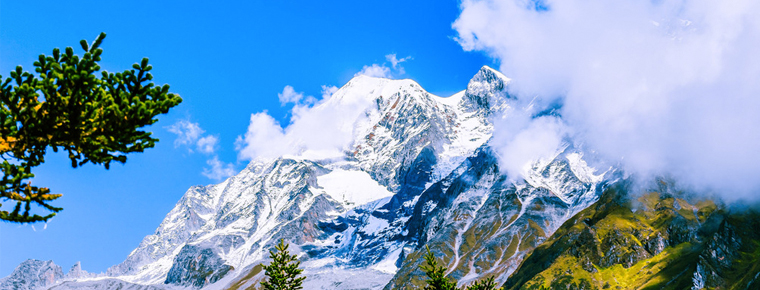Brick and plastic
Brick and plastic
Brick sculpture is the handicraft of folk craftsmen. It is made of mud into various animal models. Some of the images are realistic, but more are romantic and exaggerated ways of expression, the shape of a combination of ferocity and kindness. Brick sculptures are often placed in the center of the roof and cornice wings, such as giant spirits, tigers, ichthyosaur kisses, etc. These are craftsmen's works, no similarities, so each product is an orphan, cultural relics are of high value.
In 2008, it was selected into two batches of national intangible cultural heritage lists.
Historical Origin
Juancheng brick and plastic is a unique architectural decoration in Heze City, Shandong Province, which has a long history. It is different from the brick sculpture in Tianjin and the gray sculpture in Guangdong. It is a school of its own and maintains the characteristics of traditional folk kneading and earthenware craftsmanship.
The Xiejia brick sculpture in Juancheng was handed down from generation to generation in Guangxu period of Qing Dynasty. Xie Xueyun, a living brick sculptor, has gone through three generations since the beginning of Xie Guangfang. Brick sculptures are popular in eastern Shandong and Western Henan. They are famous for their architectural art components such as temples and ancestral halls, which are burned by Xiejia sculptures.
Xiejia brick sculpture mainly includes two kinds: opera brick sculpture and flower-bird brick sculpture. Flower-bird brick sculpture has various themes, simple and honest techniques, and its pattern art style has strong local characteristics and distinct national characteristics. Xie Jia's brick sculpture combines realism with Romanticism in artistic conception and form of expression. It uses the methods of deformation, exaggeration and generalization. It has vivid and vivid shapes, distinct layers, clear and smooth lines, and various forms of character modeling and scene expression. The content of brick sculpture with the theme of novel, drama and story occupies a considerable proportion.
Inheritance
Xie Xueyun and his son Sheridan IV. The works mainly include two kinds of opera brick sculpture and flower-bird brick sculpture. The theme of flower-bird brick sculpture is diverse, the technique is simple and honest, and the pattern art style has strong local characteristics and distinct national characteristics. In terms of artistic conception and form of expression, realism and Romanticism are combined, and deformation, exaggeration and generalization are often used. In terms of production methods, high relief and shallow relief are combined and their forms of expression are diverse. The content of brick sculpture with the theme of novel, drama and story occupies a considerable proportion. After nearly sixty years of brick and plastic production practice, the brick and plastic art components of the temples, ancestral halls, residential buildings and other buildings burned by him are well-known for thousands of miles. In his early years, he made bricks and sculptures, and ordered them all the way. In 1986, he specially produced a batch of brick sculptures of flowers and birds and opera characters for the county cultural relics management office, which were used to open the brick sculpture art exhibition room, and was praised by the county cultural bureau. The main representative works are: the brick sculptures of travels to the west, gifts from thousands of miles to Jingniang and Yao Gangzheng's south; the brick sculptures of flower and bird animal sculptures such as Phoenix peony and double lion balls, and the building components of folk houses such as rolling dragon ridge, lotus ridge, dragon kiss, lion, chicken, fish and horse.
Xie Xueyun's brick sculpture skills have been followed by others. Three of his five sons have learned brick sculpture production skills from an early age. Among them, the fifth son, Sherid, is the most skilled, and has mastered all the core techniques of brick sculpture production. In 2009, Xie Xueyun was announced by the Ministry of Culture as the representative successor of the third batch of national intangible cultural heritage projects.
Inheritance Significance
Brick sculptures depict justice and evil, loyalty and adultery, kindness and ugliness, teach and enjoy through the plot of the picture, inherit history and culture. It has important scientific research value in anthropology, ethnology, folklore, folk arts and crafts and sculpture art.
representative figure
Xie Xueyun, male, born in 1928 in Juancheng County, Heze City. Xie Xueyun began to learn brick sculpture with his father Xie Zhenqian at the age of 12. Because of his talent and earnest study, he quickly mastered the whole set of techniques of brick sculpture production. Xie Xueyun's brick sculpture themes mainly include opera and flowers and birds, of which the majority are opera themes. He is good at capturing the typical moments of classical characters and scenes in opera stories, and portraying himself as a brick figure with both body and spirit, which is vivid and popular. After nearly 60 years of brick and plastic production practice, Xie Xueyun has superb creativity and expressiveness in brick and plastic art. He is famous for his brick and plastic components in temples, ancestral halls and residential buildings. His brick and sculpture works do not need to be sold exclusively at the market stalls. They can only be ordered on a special trip. From south-west Shandong to Puyang and Slip Counties in Henan Province, from Shanxian and Cao Counties in the south, to Jiaxiang and Dongping in the east, all those who build temples, ancestral halls and houses come to Xiejia in Juancheng to order.
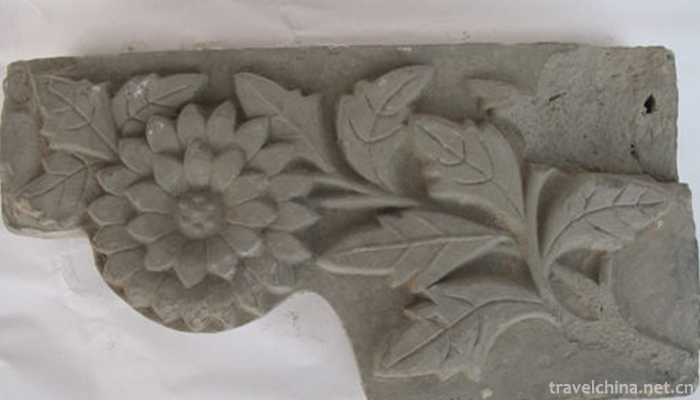
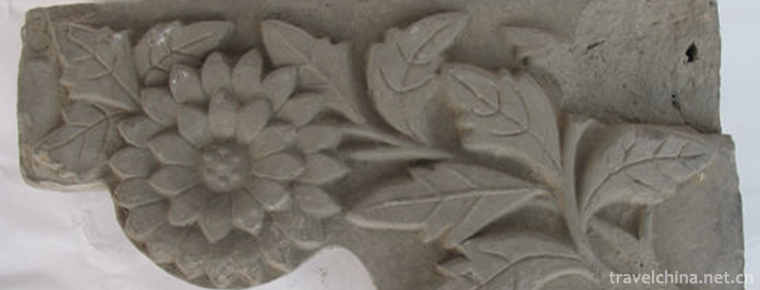
Brick and plastic
-
Shaoshan
Shaoshan City, which belongs to Hunan Province, is located in the hilly area of central Hunan Province east of central Hunan Province. Shaoshan is situated in the west of Xiangtan City
Views: 230 Time 2018-12-12 -
Harbin Jinyuan Cultural Tourist Area
Harbin Acheng Jinyuan Cultural Tourist Area, the capital of Jin Dynasty from 1115 to 1234, is the only well-preserved capital site of Jin Dynasty. Up to now, the Royal City's Wumen Gate and palace bui
Views: 540 Time 2019-01-13 -
Tibetan calligraphy
Tibetan calligraphy is an important part of Tibetan culture and art. In the seventh century AD, during the Zampson Zangganbu period of Tubo, minister Tunmi Sampuza absorbed the advantages of different
Views: 177 Time 2019-04-05 -
Dong embroidery
Dong embroidery is an important branch of Chinese minority embroidery, which uses a needle to puncture and attaches various colored silk or cotton threads to the surface of the fabric to form various
Views: 146 Time 2019-04-27 -
Oroqen Folk Songs
The Oroqen nationality mainly distributes in the Oroqen Autonomous Banner, Buteha Banner of Hulunbeier League, Inner Mongolia Autonomous Region and
Views: 255 Time 2019-04-28 -
Kazakh felt embroidery and cloth embroidery
Kazakh folk traditional felt embroidery and cloth embroidery handicraft are mainly spread in Xinjiang Kazakh soft residential areas, such as the Sixth Division Red Banner Farm
Views: 362 Time 2019-05-02 -
Huang Di memorial ceremony
Yellow Emperor's sacrificial ceremony is a kind of sacrificial music and dance to celebrate Xuanyuan Huangdi's pioneering achievements in Chinese civilization. The theme of
Views: 147 Time 2019-05-04 -
Torch Festival
Torch Festival is an ancient traditional festival of the Yi, Bai, Naxi, Jinuo and Lahu nationalities. It has profound folk cultural connotations and is known as the "carnival of the East".
Views: 291 Time 2019-05-05 -
memorial ceremony for Confucius
The sacrifice to Confucius is a grand sacrifice ceremony held mainly in Confucian temples for the sake of revering and remembering Confucius, which is a miracle in the history of world sacrifice and h
Views: 143 Time 2019-05-05 -
Gongga Mountain
Gongga Shan, also known as Minya Konka, is located in the south of Kangding, Sichuan Province. It is the main peak of Daxue mountain. There are 45 peaks with an altitude of more than 6000 meters.
Views: 127 Time 2020-10-13 -
Wenchuan earthquake epicenter site
The earthquake site, located in Yingxiu Town, Wenchuan, Sichuan Province, is open all day.
Views: 154 Time 2020-11-07 -
The second industry of Panzhihua
In 2018, the total industrial added value of Panzhihua was 69.163 billion yuan, an increase of 7.0%, and its contribution rate to economic growth was 59.7%. At the end of the year, there were 325 Industrial Enterprises above designated size. The production and sales rate
Views: 348 Time 2020-12-14
